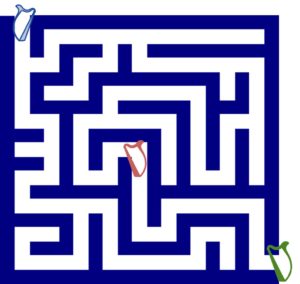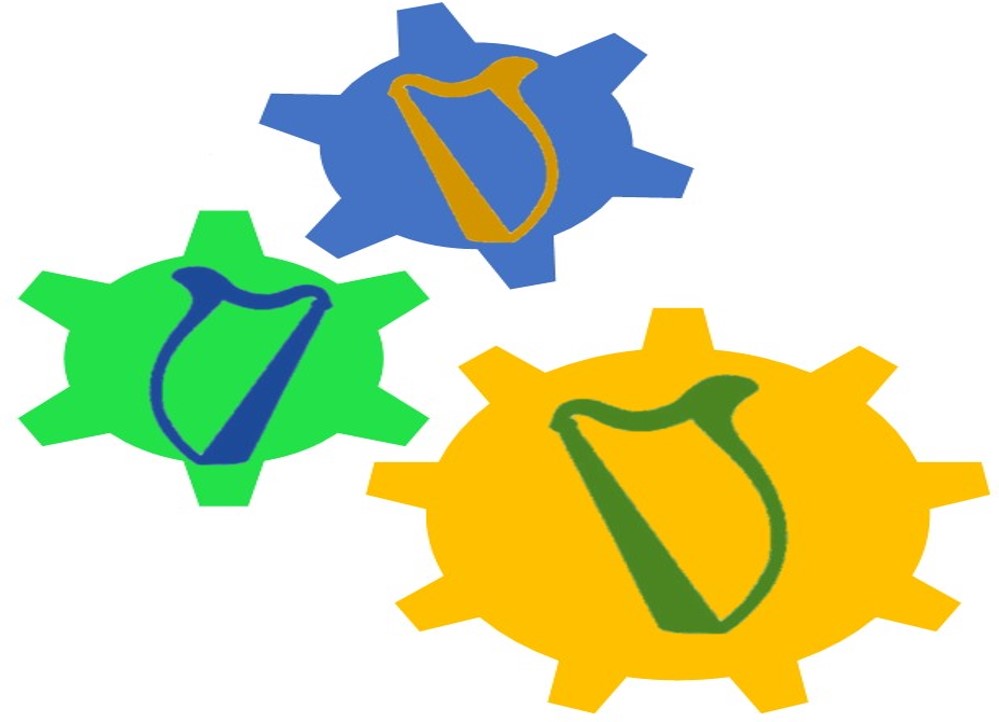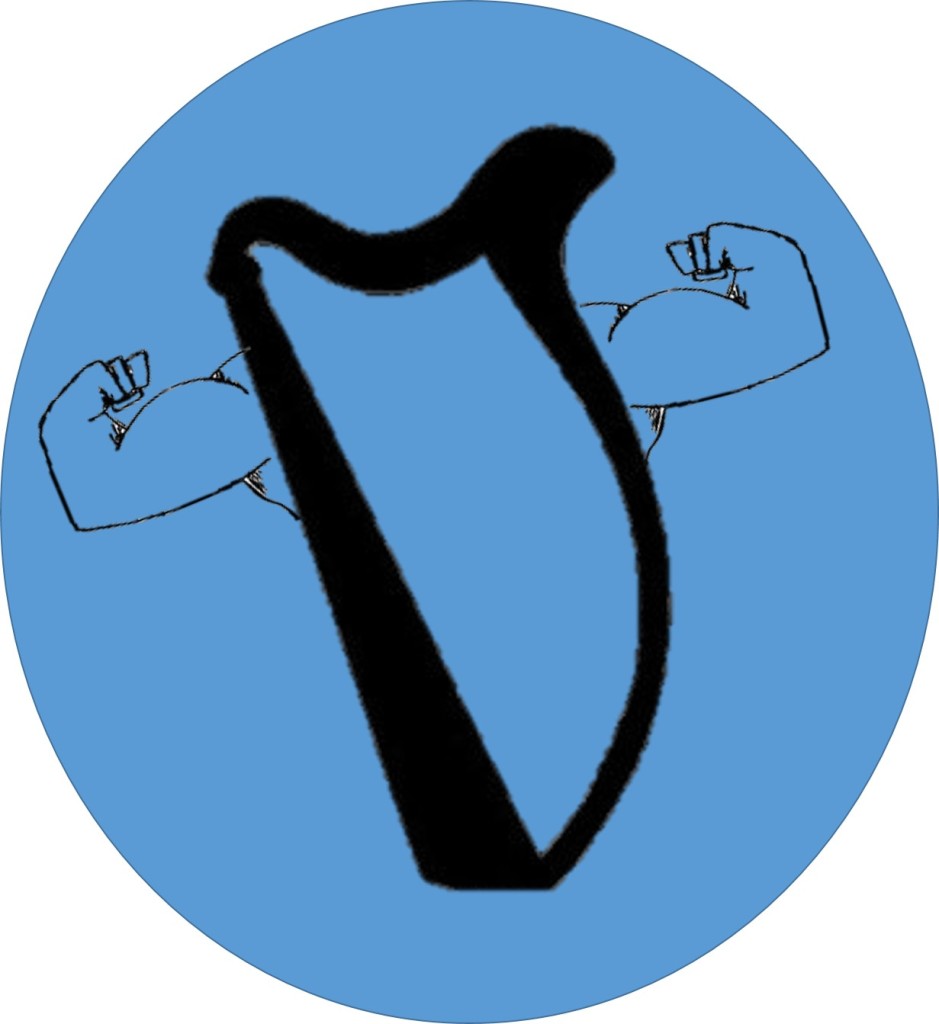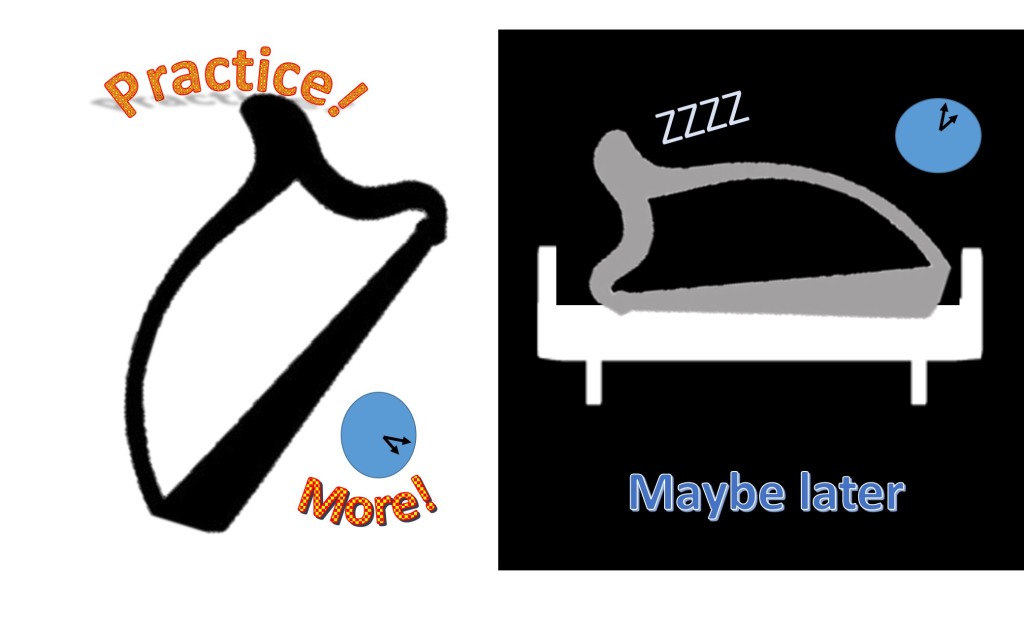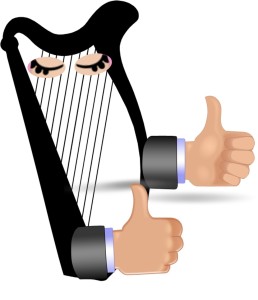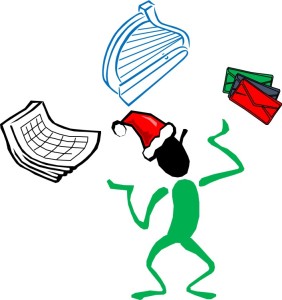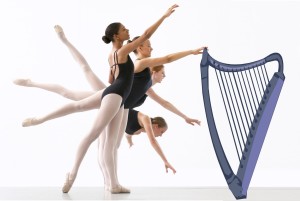Daylight Savings Time ends in the US on Sunday morning – don’t forget to set your clocks back and enjoy another hour of well deserved sleep.
And get prepared because that early darkness at the end of the day can be extremely unmotivating – it will feel like you should be in bed when it is only 5pm! Yikes. In addition, it’s also the beginning of the “Curl up on the Couch with some Tea and a Cozy Throw” days which makes it so easy to flop down and watch TV or read a book. But you know that you need to practice and that every day you do not practice means it will be that much longer until you get where you want to be.
 So, here are five ways for you to stay motivated during the dark time –
So, here are five ways for you to stay motivated during the dark time –
- Don’t wait until the end of the day to practice. It will be just as dark in the morning but changing it up might be just what you need to stay engaged and practicing!
- Fool yourself. Add more lighting to your practice area to fool yourself into feeling like it’s not the middle of the night.
- Plan your time. If you know what you’re going to do when you’re practicing, it won’t feel so much like it will never end!
- If you can’t think of anything to work on, make something up (stretch yourself, prepare to play for a new audience, push yourself to grow).
- Start with easy stuff you love…and then doing the hard work (exercises). Make it enticing to sit down, start with the fun (and then knuckle down!).
If you can “fake it ‘til you make it” through the first few weeks, you’ll get through the tough end of daylight saving and you might even be well on your way to an even better holiday repertoire.
